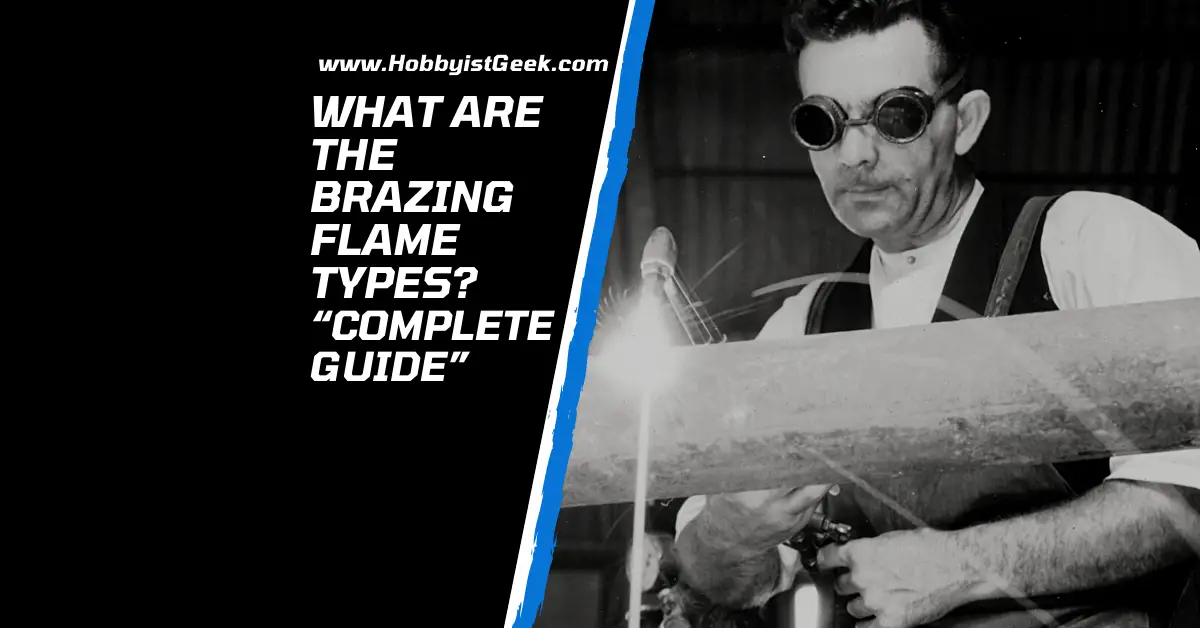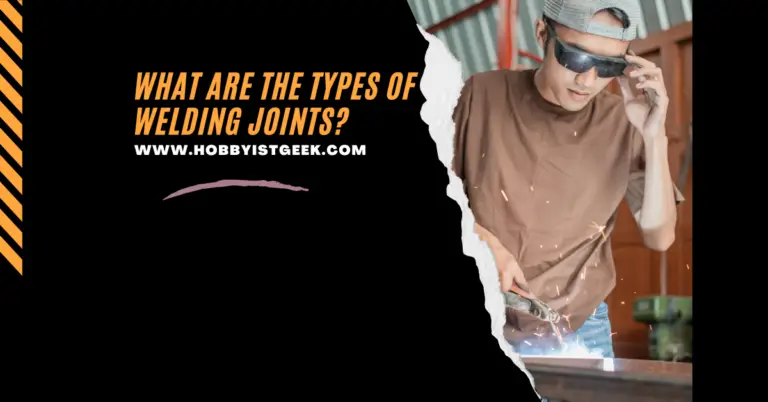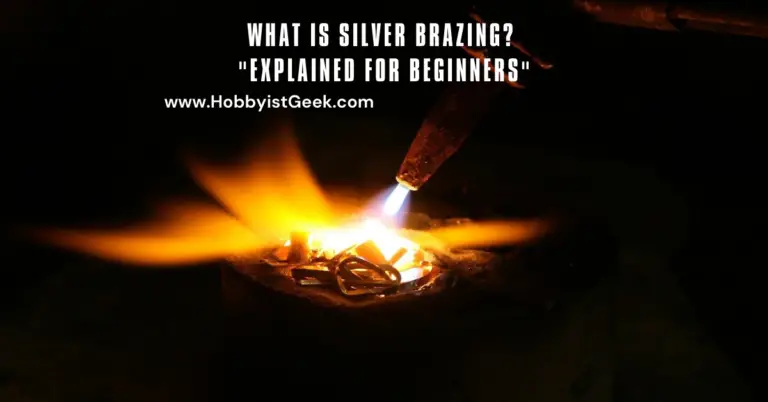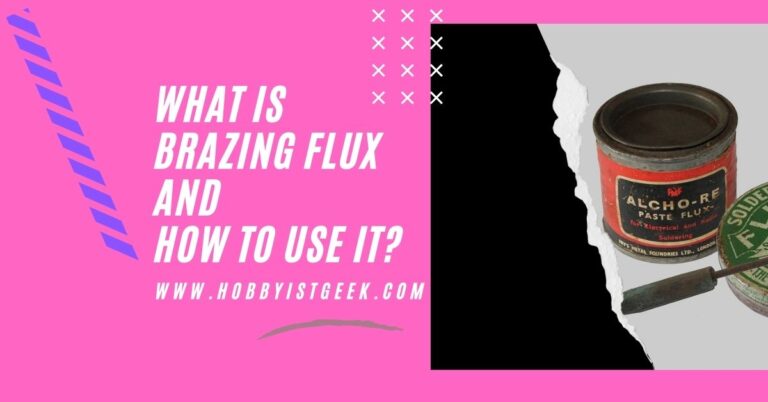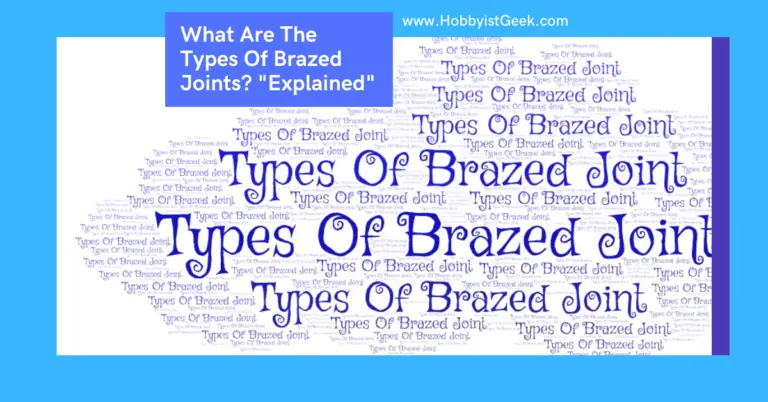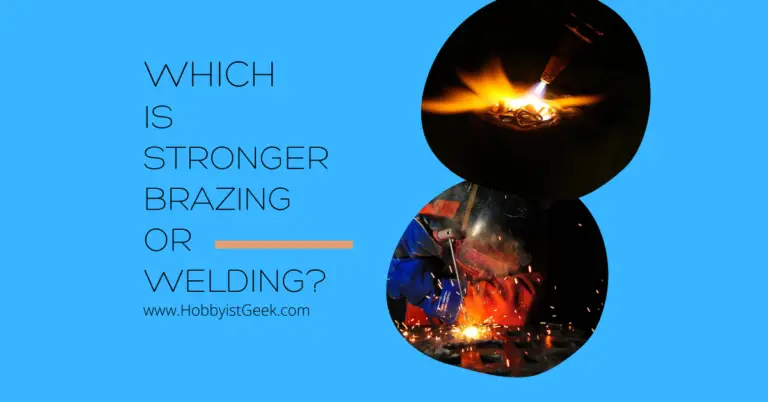The Brazing Flame Types?
What Are The Brazing Flame Types? Will be covered in today’s article. Enjoy!
There are many different types of flames that can be used when brazing.
You have the balanced flame, the oxidizing flame, and the carburizing flame.
All have their own unique characteristics and uses.
Brazing is a fascinating technique that is quickly gaining traction as a hobby for many people. Brazing can be done in a large variety of different ways, and one way to change up the brazing process is by using a different flame type. But what flame types can be used for brazing, and how do they work? In this article, we’ll give you a complete guide on brazing flame types.
What Are The 3 Types Of Flames?
We will start today’s article by going straight into the core of the article, we’ll take a look at the 3 different flame types, namely the balanced flame, the oxidizing flame, and the carburizing flame. So, without further ado, let’s dive right into it.
Natural Flame or Balanced Flame
The first flame type that we’ll be looking at is the balanced flame. The name of this flame type comes from the equal balance between oxygen and acetylene used to light the flame. The balanced flame is also known as the neutral flame, as it usually does not have a chemical effect on the metals being brazed, it is purely a means of joining two metal pieces together.
Brazing Flames I Use Most… “Made Easy”
Carburizing flame
The next flame on this list that we will be looking at is the carburizing flame. A carburizing flame is a flame that has more Acetylene than oxygen, this will produce iron carbide which causes a chemical change in the composition of steel or iron. Because of this chemical change, the metal pieces don’t have to be molten to their core to form a strong bond, which makes this a great flame type. It is not recommended to use this flame type with metals that contain carbon for complex chemical reasons. Carburizing flames have the standard orange color that you expect from a typical flame.
Oxidizing Flame
As the name suggests, an oxidizing flame is a flame that contains more oxygen than acetylene. This causes the flame to be hotter which makes it perfect to use with materials with high melting points such as zinc or copper for example. Oxidizing flames often look blue and are incredibly hot.
What Should My Oxygen And Acetylene Torch Be Set At For Brazing?
Types Of Brazing Flames Explains in detail with Examples.
As we have mentioned earlier in this article, there are many different types of brazing flames. The way to alter between these flames is by controlling the oxygen and acetylene balance, but what should they be set to achieve the above-mentioned flame types? Let’s take a look.
As we have mentioned before, a balanced flame requires an equal supply of oxygen and acetylene. A carburizing flame requires more acetylene than oxygen, and finally, an oxidizing flame requires more oxygen than acetylene. How much more is up to you and depends on the situation.
How Do You Reduce A Flame?
Reducing a flame means decreasing the temperature and intensity of a flame, and this can be an essential part of brazing. Therefore, it is important to know how to reduce a flame, so let’s find out.
A carburizing flame is often called a reducing flame. In order to reduce a flame, you’ll need to either add more acetylene gas or remove oxygen from the mixture. This will lead to a lower intensity, and therefore reduced, flame.

What Is A Harsh Flame?
When it comes to brazing flames we often hear a large variety of technical terms being thrown around, but what do some of these technical terms mean? One such term is a harsh flame, but what is it? Let’s find out.
A harsh flame is a flame where the gasses come out of the torch tip at a high velocity, therefore creating a harsh and intense flame. A soft or quiet flame on the other hand is when the gasses come out at a low velocity.
What Do You Turn Off First Oxygen Or Acetylene?
When working with brazing flames you are primarily working with two gasses, being oxygen and acetylene. When turning the flame off you of course need to turn the gasses off as well, but which one should you do first? Let’s take a look.
You should always turn off the oxygen supply first. This will help you find leaks in the valves and it will prevent a carbon build-up that can render your torch broken or unsafe. Turning off oxygen first is a standard safety procedure that should be followed with appropriate care.
Do You Use More Oxygen Or Acetylene?
Another question that is often asked when working with brazing flames has to do with the mixture of acetylene and oxygen. How much should you use, and what should the balance be? Let’s take a closer look.
As we’ve mentioned before, the amount of oxygen and acetylene depends on the type of flame that you want to make. For an oxidizing flame, you’ll need more oxygen than acetylene and the other way around for a carburizing flame.
Final Thoughts On… What Are The Brazing Flame Types? “Complete Guide”
All in all, three main types of brazing flames can be achieved by altering the oxygen to acetylene ratio of your torch. Each flame has its own use cases and advantages. Thank you for reading!
If you enjoyed reading What Are The Brazing Flame Types? “Complete Guide” you will love What Are The Types Of Brazed Joints? “Explained”

Frequently Asked Questions
Let’s finish off by looking at some frequently asked questions on the topic.
What are the metals that can be brazed?
Many metals can be brazed such as iron, steel, brass, zinc, copper, or aluminum for example.
Is Mapp gas hot enough for brazing?
Yes, pure Mapp gas is great for brazing.
What type of gas is best for brazing?
A: Many different gasses can be used for brazing, but acetylene gas is most recommended.
Which flame is used for cutting operation?
The neutral, or balanced, flame is most commonly used for cutting.
Is a propane torch hot enough for brazing?
It is possible, but only with certain metals and it is not recommended.
Sources In MLA Format
Group, Harris Products. “Which Gas Do You Turn off First?” The Harris Products Group, www.harrisproductsgroup.com/en/blog/2016/may/which-gas-do-you-turn-off-first.aspx.
“Integrated Publishing, Inc. – A (SDVOSB) Service Disabled Veteran Owned Small Business.” Integrated Publishing – Your Source for Military Specifications and Educational Publications, www.tpub.com/air/15-13.htm.
“Oxidizing and Reducing Flames.” Wikipedia, Wikimedia Foundation, 30 Sept. 2020, en.wikipedia.org/wiki/Oxidizing_and_reducing_flames.
“Welding Flames: Neutral, Carburizing & Oxidizing.” Weld Guru, 17 Dec. 2019, weldguru.com/welding-flames/.
- Evil Eye Hand: Unveiling the Mystical Origins and Meanings - February 2, 2024
- Amegreen Amethyst Meaning: Discover the Hidden Magic! - February 2, 2024
- Is The Evil Eye Bad?: A Deep Dive into Evil Eye Taboos - February 2, 2024

